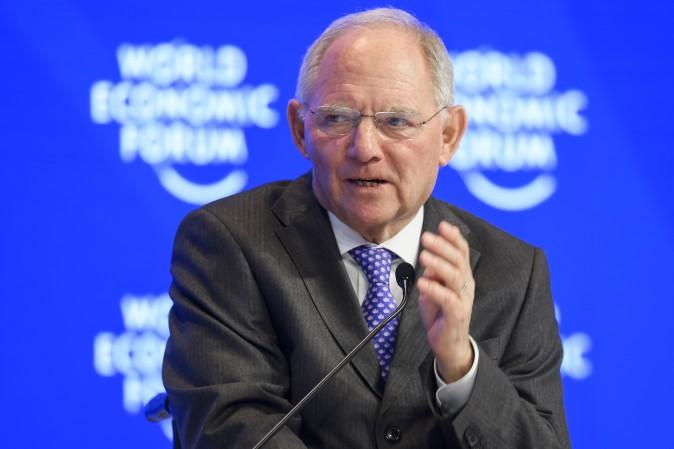Everything is about balance. Work-life balance, balanced relationships, a balanced diet. Economists also talk a lot about balance. A balanced budget or balanced trade.
The Trump administration focuses less on a balanced budget, but is very concerned about balanced trade. At this moment, trade is very unbalanced, with the United States running a deficit of $531.5 billion with the rest of the world in 2015.
On cue, President Donald Trump and his advisers, during his campaign, started picking fights with the biggest offenders (in other words, the countries with the biggest trade surpluses): China and Mexico.
In 2015, China had a $362 billion trade surplus with the United States—more than two-thirds of the total U.S. deficit. Mexico had a $74 billion surplus, which, given the size of its economy, is relatively larger than the Chinese one.
The posturing continued after Trump took office, but now his administration has identified an additional enemy: Germany, which netted a $77 billion surplus with the United States in 2015.
“Germany ... continues to exploit other countries in the EU as well as the U.S. with an ‘implicit Deutsche Mark’ that is grossly undervalued,” Trump’s trade adviser Peter Navarro told the Financial Times.






